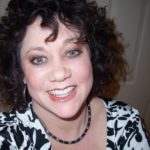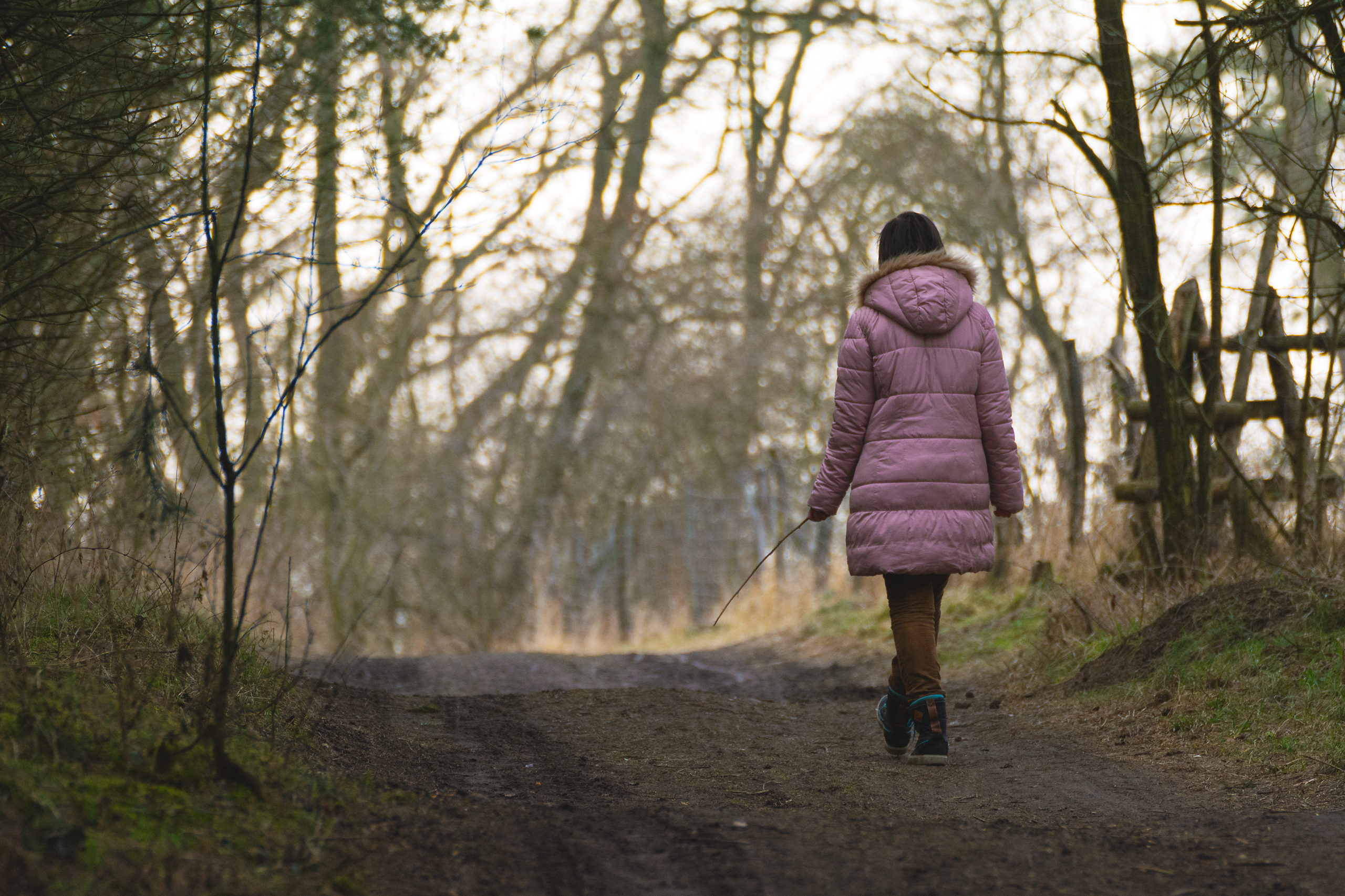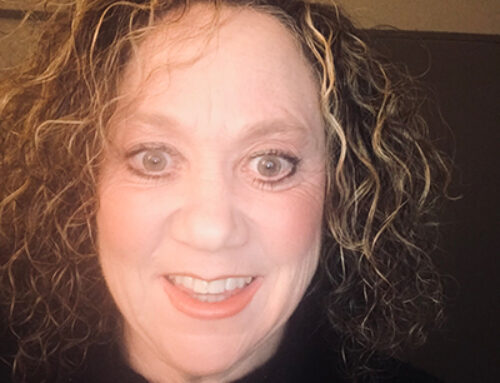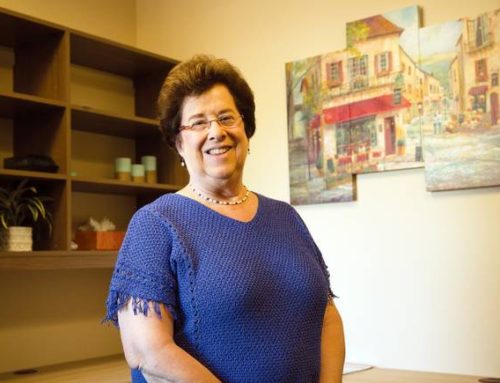By Kim Palchikoff
It wasn’t supposed to happen to me.
I wasn’t supposed to get COVID-19, especially given everything I did to avoid it. Given my obesity status and my diabetes — two underlying conditions known to cause severe cases of coronavirus —  I pretty much self-quarantined starting last March.
I pretty much self-quarantined starting last March.
I stopped visiting friends. I avoided restaurants, even those serving food outdoors. I gave up my extra-hot, extra-foam, skinny, decaf Starbucks lattes. I let my hair grow out. I ordered my groceries and everything else online, from dental floss to bungee cords. I stocked up on heavy-duty hand sanitizer, the kind made with the recommended 75 percent alcohol. I kept hand soap at every sink.
Through it all I became the unofficial, self-appointed president of the Dr. Fauci fan club, Nevada chapter. I hung on to his every word and followed every piece of his advice. I even masked up when visiting my mother, the only person I met in person since the beginning of the pandemic. Even then, we sat in her backyard, 10 feet apart.
How it started
Still, I became infected. During the first week of November I woke up with what felt like a cold, only I could not get out of bed. I didn’t feel well. I coughed. I was exhausted, and not for lack of sleep. I felt weak, sluggish and had a hard time thinking clearly. It was hard to stand up and walk. Going to the bathroom, the refrigerator and taking my dog out to do her business was extremely difficult.
A few days later, after getting swabs shoved up my nose for a coronavirus test, my doctor called with the results: I was COVID-19 positive. By then I figured as much. A common cold would not render me barely able to move, think or walk.
I slept my way through the next several weeks, unsure of the time, the date, and whether it was morning or night. I was on COVID time. I vaguely recall dropping my dog off at the kennel. I was miserable and petrified that any day my coronavirus would get worse. Fortunately I had no fever, respiratory issues and did not require hospitalization. I was just passed out.
By the time I came out of my state of deep slumber weeks later, another health issue made an appearance: the skin from both my hands started peeling, and it kept on peeling for weeks. My hands looked like alligator skin; they were stiff, they itched and suddenly were extremely wrinkled in a geriatric sort of way. It was hard to use my phone or computer. Every hour I applied cream to them, to no avail. The skin kept peeling. According to my doctor, I just had to wait it out.
And then came the nightmares.
I’ve battled nightmares over the years, to the point where I’ve had to take a blood-pressure medication found to ease nightmares, commonly prescribed for PTSD. I haven’t had bad dreams for years, and maybe it was a coincidence, but as soon as my other COVID-19 symptoms disappeared, my nightly nightmares returned, leaving me exhausted every morning and throughout the entire next day. I can never recall the content of the dreams, but they always leave me struggling to focus or concentrate for days on end.
When it came to shedding hands and bad dreams, it turned out I was not alone.
Since the onset of the pandemic scientists have documented 19 medical conditions that can arise after a COVID-19 infection, including mood changes, trouble with sleeping and concentrating. It also may increase the risk of developing Parkinson’s and Alzheimer’s diseases.
And it’s not just with people who have had serious cases of the disease: those who have had a mild or moderate illness may go on to develop lasting symptoms that can be severe — even after they have recovered from the initial infection.
Where did it come from?
Was it a driver from an Uber ride I occasionally I took? They always wore masks, but I noticed that some adorned their masks only when I got into the car. Some wore bandanas. Were they safe? Did their last customer wear a mask that exposed their nose?
Was it a supermarket I occasionally went to, like Costco, where mask police monitored their incoming customers? I didn’t go to the stores much, but when I did, I made a point of staying six feet away from everyone. And everyone was wearing masks.
As the days passed, while lying in bed, I thought a lot about going to the hospital, not sure for what; I just wanted to feel safe and be surrounded by doctors and nurses ready to treat any worsening signs of infection. But I had no strength to call my insurance company to talk about deductibles and out-of-pocket expenses, which I wouldn’t remember anyway. Then I thought about a friend who worked at a hospital who died from the virus last April. Maybe going to a hospital wasn’t a good idea.
As difficult as it was, peeling skin, nightmares and all, all I could do was count my blessings that I was not one of the 14 percent of COVID-19 cases that are severe, often with an infection that affects both lungs and leads to death. I was very, very lucky. As a diabetic, my situation could easily have been much worse.
At least I was just one of the nearly 300,000 Nevadans to have been infected and not part of the more than 4,000 who have died. Last November was an especially bad month for Nevada. The governor also tested positive. The state was put on severe restrictions, including banning the gathering of large groups.
Fortunately I voted early in the presidential elections, and my candidate won.
The lonely disease
COVID-19 is a lonely disease. Everything about it spells isolation. No one showed up with chicken soup at my door. I couldn’t go for a soothing swim at a local pool, at least where I could see people, because they were all closed. Time takes on an entirely different meaning, whether you are sick or not, and nothing in this COVID infested life is certain.
After the exhaustion portion of my illness was over, I got opinions from three medical experts on whether I’d be immune and, if so, for how long? The only thing they agreed on was that the issue of immunity was an unclear one.
Kim Palchikoff is a social worker and mental health writer. Have comments? She can be reached at palchikoff@gmail.com.




